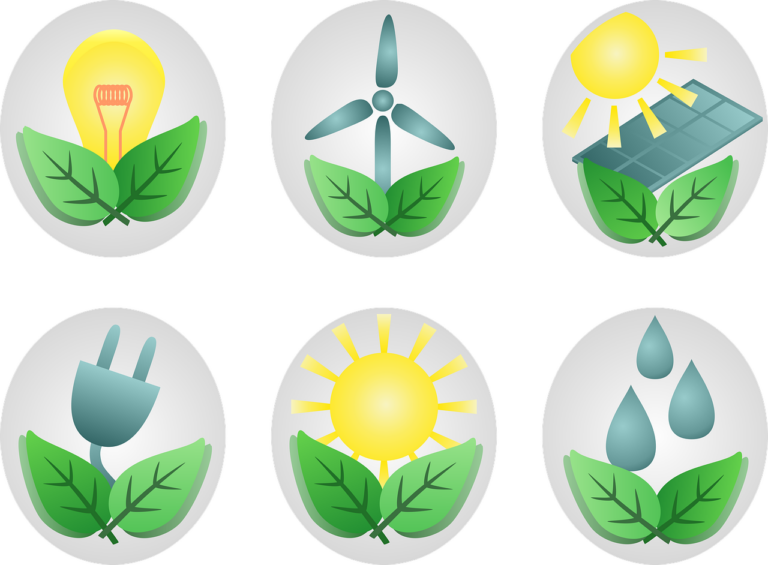
Dev Prayag
[the_ad_placement id=”adsense-in-feed”]
Ganga Andolan
 By Dr. Rajendra Singh*
By Dr. Rajendra Singh*
River Ganga is a complex ecological system, associated with diverse habitats which have given rise to terrestrial, riparian and aquatic biodiversity.
[the_ad_placement id=”adsense-in-feed”]
A habitat is a place where an organism can make its home. Habitat diversity depends upon geological and biological parameters. From its origin in Gaumukh to Ganga Sagar wherein the river enters the Bay of Bengal, the flow of the river includes cascades, falls, rapids, run and whirlpools, all of which contribute towards habitat formation.
Also read:
- Ganga Movement: New ghats are being constructed “without hydraulic research”
- स्वामी शिवानंद के गंगा की अविरलता के लिए जल त्यागने के निर्णय से सरकार हरकत में; ज़रुरत है शीघ्र एक अच्छे निर्णय की
- Maharashtra Guv presents ‘Justice Nagendra Singh International Peace Award’ to ‘Waterman’ Rajendra Singh
Pools are an important feature of the Ganga and sustain life. In summer, when stretches of the river run dry, these pools provide much needed shelter to aquatic organisms. These pools also play a major role in recharging groundwater aquifers.
The run region of the Ganga is also an important habitat, where the flow is fast and deep. The river appears calm but there are forceful undercurrents. While there are seven streams that merge to form the Ganga, these can be clubbed into four parts. The first major flow begins from Dev Prayag and ends at Farakka. This can be considered as the main flow. The second one is Yamuna and other streams that merge into the Ganga. The third is Alaknanda, Mandakini and Bhagirathi, while the fourth comprises of the third and other small rivers and nallahs that feed into all these three parts.
Almost all the streams and tributaries and the main Ganga river have either dams or barrages on them. The construction of dams has created barriers and clogged the river flow and disrupted these habitats. Hydro-electric projects have diverted flowing water drifting through river channels into tunnels.
All the streams of the Ganga, be it the Pinder, Mandakini, Alaknanda or Bhagirathi, come with great speed on the hill slopes, dashing against boulders to reach the plains. Unfortunately, the fast-flowing river with thousands of rapids( rapids are sections of a river where the river bed has a relatively steep gradient, causing an increase in water velocity and turbulence) has been converted into stagnant water. Portions of the river have completely dried up. This has resulted in destruction of the habitats and associated biodiversity.
The increase in erosion in the Ganga river basin due to ‘development’ interventions have led to the deposition of mud and silt in the river, raising the river bed, destroying the natural geology of the river bed, including filling up of the essential pools. The construction of the Farakka barrage has disrupted the upstream migration of the Hilsa fish. A fast swimmer, the Hilsa has a history of migrating to as far as Allahabad and further in the Ganga river system from Bangladesh. The barrage has destroyed the habitat of this fish and disrupted the Hooghly-Bhagirathi route of the Hilsa.
The Ganga is now ailing. Her illness can be compared to a heart ailment caused by clogged arteries. The water that flows in the Ganga can be compared to the blood flow through our arteries and veins. Just as this flow is critical to human wellbeing and survival, so is the uninterrupted and free flow of water for the Ganga.
Recognizing the importance and the position that the Ganga holds, even the Britishers gave in to the demands of the 1916 Ganga andolan and allowed the river to flow independently. In August 2020, the people and some spiritual leaders are on a Ma Ganga Satyagraha. Swami Shivanand from Matri Sadan in Haridwar is on a fast unto death since August 3, 2020. Since then 108 persons across India and other countries were on a one day fast. Chain fasting as part of the Ganga Maa Satyagraha has been initiated. It is hoped that obstructions that prevent the Ganga to flow freely will be removed.
*The writer is an internationally acclaimed water conservationist also known as the ‘Waterman of India’. The views expressed are personal.
[the_ad_placement id=”sidebar-feed”]





